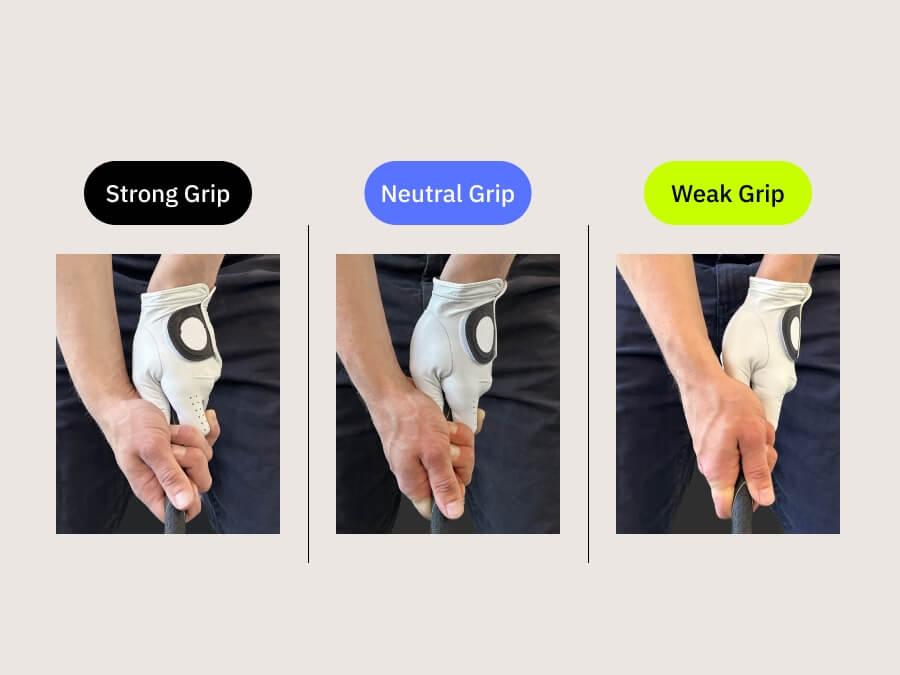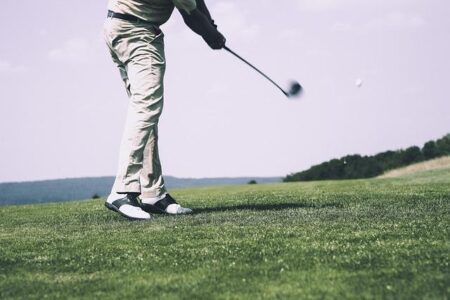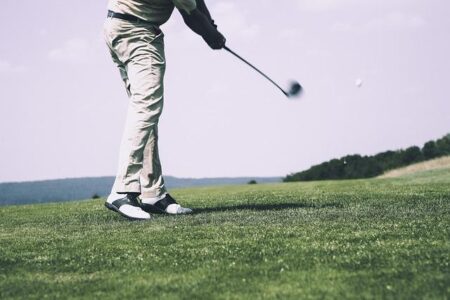In the world of golf, a strong grip is often promoted as a way to gain control and power. However, recent analyses by swing coaches and biomechanical experts reveal that an overly strong grip may actually be undermining your performance. This surprising insight challenges long-held beliefs, suggesting that what many players consider a key to success could be the very factor sabotaging their swing. In this article, we explore how a strong grip impacts swing mechanics and why adjusting your grip might be the unexpected fix your game needs.
The Hidden Mechanics Behind a Strong Grip Disrupting Your Swing Path
At first glance, a strong grip may seem like the secret weapon to a powerful, controlled swing. However, the reality is far more complex. A grip that’s too tight or significantly rotated toward the trailing hand can subtly alter the clubface’s position at impact. This unintended positioning often causes the ball to slice or hook unexpectedly, throwing off swing consistency. Biomechanically, the wrists and forearms become locked into a less natural motion, forcing compensation elsewhere in the body. The result? A disrupted swing path struggling to maintain proper plane and rhythm.
Critical factors behind this disruption include:
- Restricted wrist hinge: Limits the natural ‘cocking’ and ‘uncocking’ crucial for club speed.
- Altered clubface angle: Produces open or closed orientations incompatible with a straight path.
- Compensatory body mechanics: Leads to over-rotation in hips and shoulders, further destabilizing the swing.
| Grip Aspect | Impact on Swing Path |
|---|---|
| Excessive rotation | Pulls clubface closed, causing hooks |
| Grip pressure | Prevents fluid wrist action, robbing speed |
| Hand placement | Misaligns swing plane, creating inconsistency |
How Adjusting Your Grip Can Lead to Longer Drives and Greater Accuracy
Refining your grip is one of the most effective yet overlooked tweaks that can dramatically improve your driving distance and shot precision. By loosening that overly strong clutch on the club, you allow for a more natural wrist hinge and smoother release through impact. This subtle change promotes a better clubface alignment, leading to straighter shots and more consistent ball flight. Players often notice less slicing or hooking as the grip adjustment encourages a square clubface at contact, which is critical for maximizing distance and reducing errant shots. A neutral to slightly weak grip gives you greater control, enabling effortless power transfer while maintaining accuracy–transforming your drives from wild swings into controlled, powerful blasts down the fairway.
To help visualize the impact, consider this simple comparison of grip styles and their typical effects:
| Grip Type | Common Ball Flight | Effect on Distance | Shot Accuracy |
|---|---|---|---|
| Strong Grip | Hook or pull | Reduced due to closed clubface | Low – often offline |
| Neutral Grip | Straight to slight draw | Optimal – balanced power | High – consistent fairway hits |
| Weak Grip | Fade or slice | Moderate – potential loss of power | Moderate – more accuracy with practice |
Adopting a grip that suits your swing mechanics may require practice, but the payoff is undeniable: longer drives coupled with better directional control. Experiment with slightly adjusting your hand placement and pay attention to the feel of the club throughout your swing. Your fairway finds will increase, and you’ll build confidence knowing you’re not fighting your own grip anymore.
In Conclusion
In conclusion, while a strong grip may seem like a powerful tool on the golf course, it can ultimately undermine your swing and consistency. Experts agree that finding the right grip pressure and positioning is essential for control and accuracy. As golfers seek to improve their game, re-evaluating grip technique could be the key to unlocking smoother, more effective swings. Staying informed and open to adjustment remains crucial in the pursuit of lower scores and better performance on the links.








